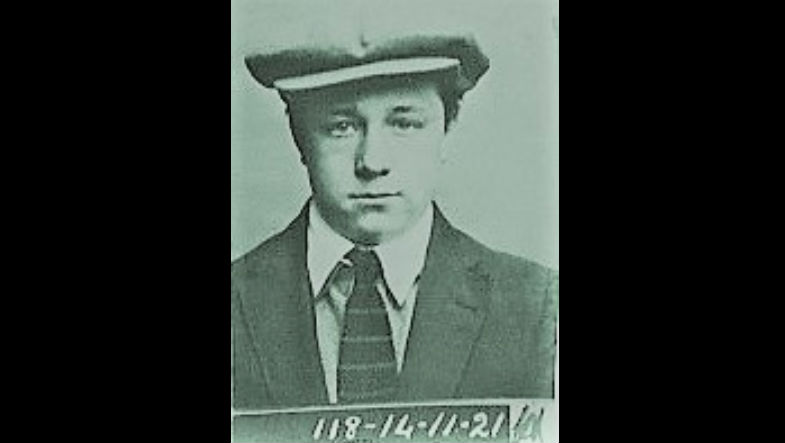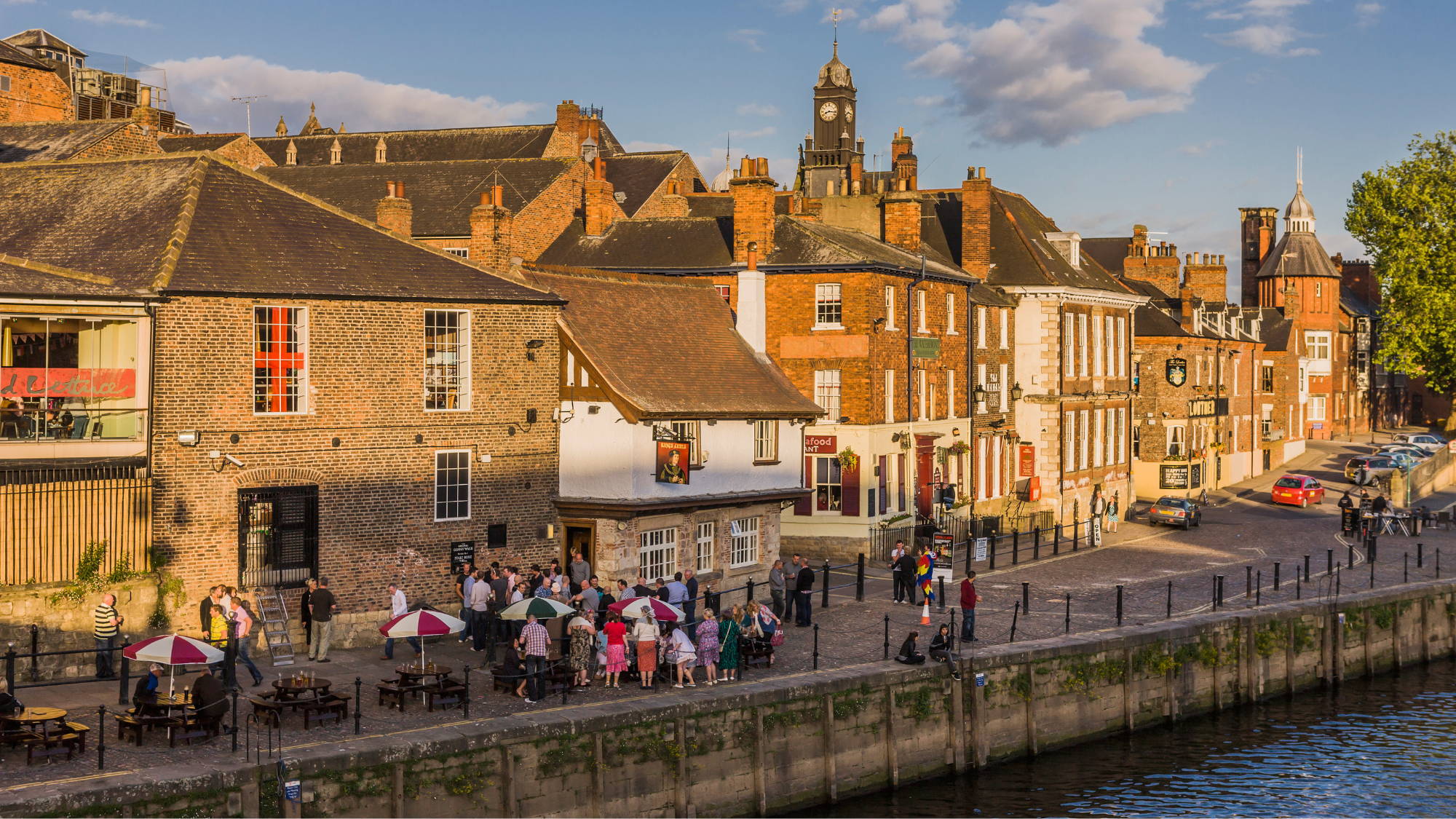Hammersmith nude murders: new clues in ‘Jack the Stripper’ case
Scotland Yard considering criminologist’s theory that child killer Harold Jones was the culprit

Police are considering reopening the unsolved case of a serial killer who murdered at least six women in the 1960s, according to reports.
The young victims, all of whom are believed to have been prostitutes, were found strangled and naked near the Thames between 1964 and 1965. Their teeth had also been removed.
At the time, the killings became known as the Hammersmith nude murders, and the perpetrator, who was never identified, was dubbed “Jack the Stripper”, a reference to the 19th-century London serial killer Jack the Ripper.
The Week
Escape your echo chamber. Get the facts behind the news, plus analysis from multiple perspectives.

Sign up for The Week's Free Newsletters
From our morning news briefing to a weekly Good News Newsletter, get the best of The Week delivered directly to your inbox.
From our morning news briefing to a weekly Good News Newsletter, get the best of The Week delivered directly to your inbox.
The Times reports that police are now considering new information unearthed by David Wilson, a professor of criminology at Birmingham City University. He believes the killer was Harold Jones, a Welshman convicted of murdering two girls in his hometown of Abertillery in the 1920s.
At the age of 15, Jones killed Freda Burnell, aged eight, but was acquitted because there was not enough evidence. “Two weeks later he murdered Florence Little, 11, and hid her body in his parents’ attic,” says the newspaper.
Jones confessed to killing Florence and was sent to prison, being too young to hang. After being released, in 1941, he joined the Army.
“Nothing more was heard of him but he was later traced to Fulham, where he was living under the name of Harold Stevens,” The Times continues.
A free daily email with the biggest news stories of the day – and the best features from TheWeek.com
Wilson points out that this was the “epicentre” of the Jack the Stripper killings, says the BBC. Jones also had a connection to an industrial estate where police believed the victims were kept before their bodies were dumped.
And it is believed that he had worked as a panel beater, which may have given him access to paint similar to flecks found on the bodies of four of the victims.
During his 15-month investigation, Wilson traced Jones’ daughter, who was shocked to learn about her father’s past.
Wilson, a former prison governor, passed on his findings to the Metropolitan Police and now hopes to see the case concluded.
“Because [the victims] were seen as sex workers they were seen as less deserving, their lives didn’t matter,” he said.
“It is really important that we try and get justice for the families of these women even if the crimes were committed in the 1960s, and in Harold Jones we are giving to the police evidence that they never had at the time and he emerges as a prime suspect.”
The investigation is outlined in new BBC Four documentary Dark Son: the Hunt for a Serial Killer, airing at 9pm on Tuesday.
-
 Political cartoons for December 6
Political cartoons for December 6Cartoons Saturday’s political cartoons include a pardon for Hernandez, word of the year, and more
-
 Pakistan: Trump’s ‘favourite field marshal’ takes charge
Pakistan: Trump’s ‘favourite field marshal’ takes chargeIn the Spotlight Asim Munir’s control over all three branches of Pakistan’s military gives him ‘sweeping powers’ – and almost unlimited freedom to use them
-
 Codeword: December 6, 2025
Codeword: December 6, 2025The daily codeword puzzle from The Week
-
 Jane Austen lives on at these timeless hotels
Jane Austen lives on at these timeless hotelsThe Week Recommends Here’s where to celebrate the writing legend’s 250th birthday
-
 David Hockney at Annely Juda: an ‘eye-popping’ exhibition
David Hockney at Annely Juda: an ‘eye-popping’ exhibitionThe Week Recommends ‘Some Very, Very, Very New Paintings Not Yet Shown in Paris’ testifies to the artist’s ‘extraordinary vitality’ and ‘childlike curiosity’
-
 The Peninsula: London’s first billion-pound hotel
The Peninsula: London’s first billion-pound hotelThe Week Recommends As the capital’s super-luxury hotel scene continues to expand, the respected brand is still setting the standard
-
 London’s best breakfasts and brunches
London’s best breakfasts and brunchesThe Week Recommends However you like your eggs in the morning, these memorable restaurants have you covered
-
 The Mini-Mayfair package at Mandarin Oriental
The Mini-Mayfair package at Mandarin OrientalThe Week Recommends Keep the kids entertained with a family-friendly stay at one of London’s swankiest hotels
-
 Can Soho House get its edge back?
Can Soho House get its edge back?Talking Point The private members' club has lost its exclusive appeal – but a £2 billion buy-out could offer a fresh start
-
 Ssh! Secret gardens to visit this summer
Ssh! Secret gardens to visit this summerThe Week Recommends These leafy havens are the perfect place to escape the crowds
-
 The best UK waterside pubs to enjoy the summer heat
The best UK waterside pubs to enjoy the summer heatThe Week Recommends These are a few pubs with 'waterside charm' to 'soak it all in'